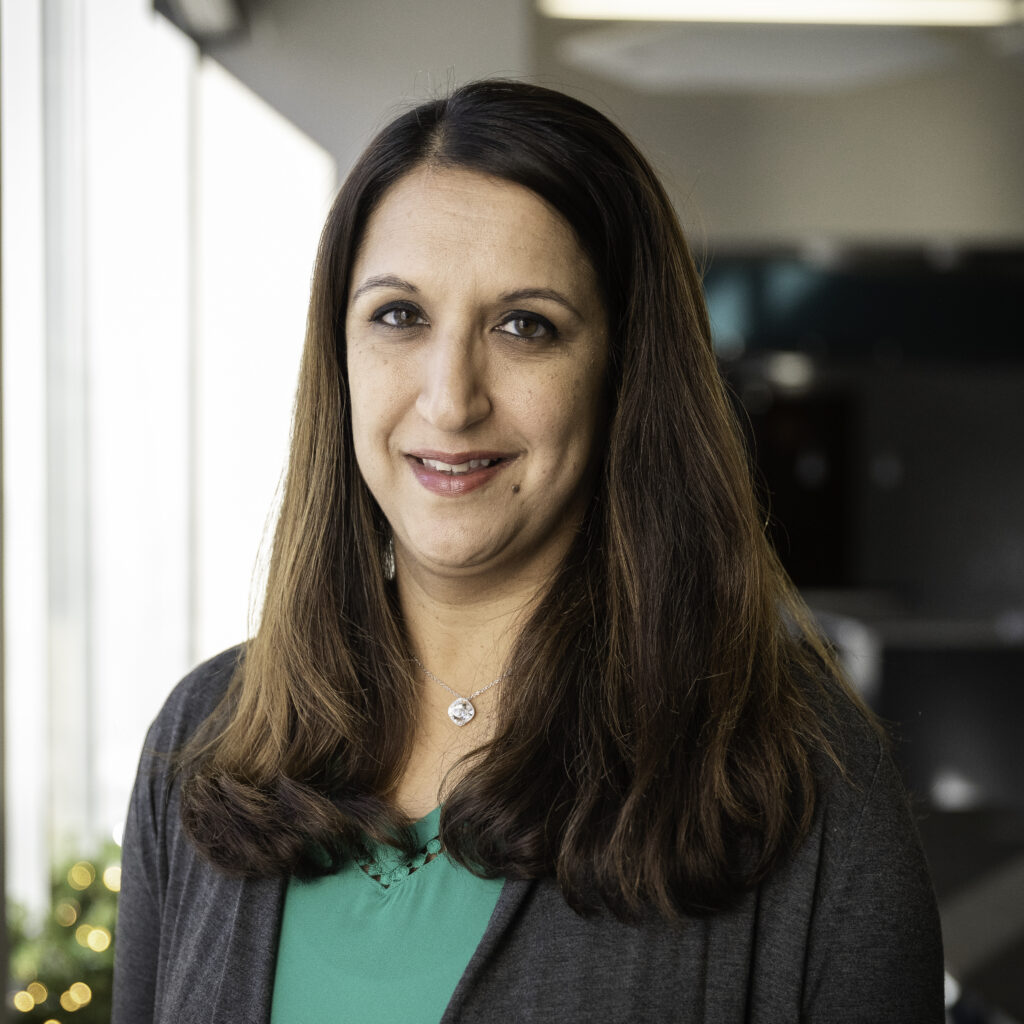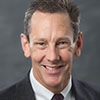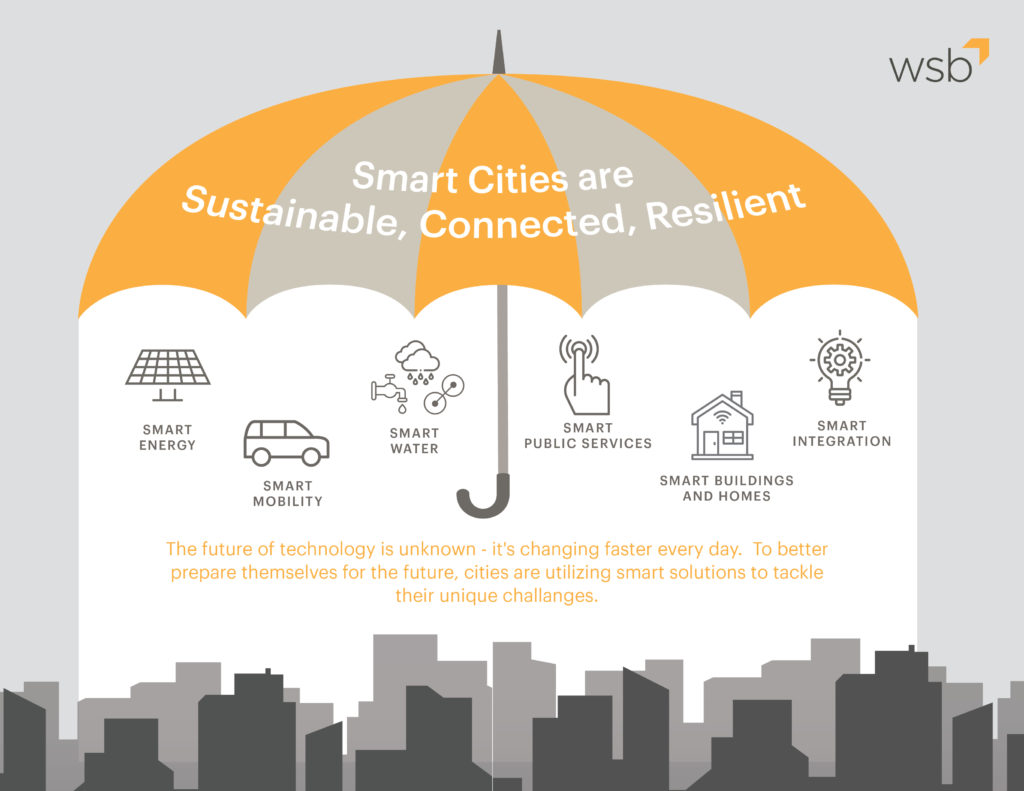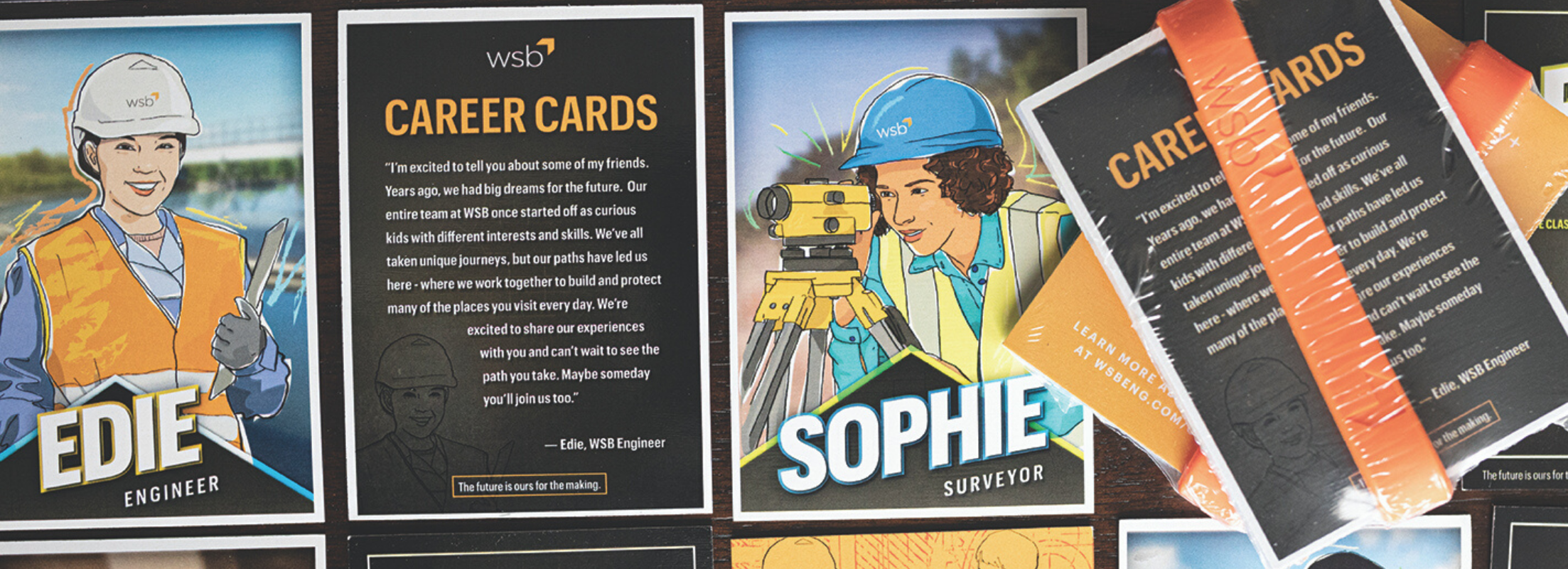
The Value of Program Management
August 1, 2024
By Ang Points, Sr Project Manager, WSB
Cities, counties, and municipalities are growing at exponential rates, more now than ever before. Ensuring that these rapidly growing communities execute projects efficiently and effectively is necessary to meet the expectations of their stakeholders and current citizens and to prepare for the demands on existing and even new infrastructure. However, there is often too much work that current staff cannot handle alone, and cities may not be able to hire enough or qualified full-time staff to support the demands. Program Management provides support for cities that do not have the capacity or ability to take on these programs or projects themselves as an immediate, even short-term solution that is flexible and scalable to meet the ever-changing demands of a city.
Through Program Management, we partner and work alongside city staff, interweaving and executing work on behalf of the city as an extension of the staff. It provides technical knowledge and design as well as valuable expertise and support in project management, contract management, communications with elected officials and stakeholders, building financial strategies and more.
To best support our clients in Program Management needs, our team of experts use the 3 T’s— technology, transparency and teamwork.
Technology
To build an effective and efficient program, technology is key. It is the foundation of the 3 T’s, and only through technology can we build a collaborative team and establish trust with the public, stakeholders and elected officials.
Using Smartsheet, Power BI, Teams, Bluebeam, Primavera 6, and communication tools — we can increase knowledge and awareness of the city’s projects and efficiently and effectively connect with all those involved in the execution of projects. Reliable data and information at the fingertips of decision makers and the public creates an environment of trust. Technology is a driving factor in moving these programs forward.
Transparency
The public’s tax dollars are the reasons these projects get accomplished— its only right to keep the public informed. It is best practice to be proactive when providing information and make it easily accessible. This can be done by creating a website designed specifically for the program with a Power BI dashboard. The dashboard shares financial data including where the funding is coming from, the designated uses of those dollars, and even spending projections. Monthly newsletters and project-by-project updates on the website give stakeholders the ability to access information without requesting it through official channels.
By sharing this information with the public and providing it at their fingertips, you are funding transparency. This will put taxpayers at ease and build trust for the ongoing program. For internal decision makers, tools like Teams, Smartsheet and PowerBI are key to seeing the overall program down to dollar-for-dollar and even day-to-day details in real-time.
We have seen great success from taking this approach with a recent project, with the City of Buda and their 2021 Buda Bond Program.
Teamwork
A goal of Project Management is to integrate our teams and work collaboratively across all levels of effort. This is best accomplished through using Teams. Being responsive and available as a consultant to the city staff is critical, and joining the same Teams platform alleviates any challenges of connecting. This type of teamwork makes us reachable, responsive, and able to collaborate daily and on-demand to all levels of staff. This level of teamwork using Teams and even Bluebeam also allows ourselves, the city’s consultants, and city staff to work interactively on documents and decisions more easily.
Smartsheet, an elite, interactive tool, significantly improves collaboration and consistency. Its advanced capabilities of storing documents and unique viewership of history and updates strengthens workflows. Smartsheet makes coordinating with teams, making decisions, and viewing progress more efficient.
How WSB can Help
Program Management is a tool and service available to cities, but we know to be successful you must rely on the 3 T’s. Our experienced team provides your staff with technical excellence and additional support, and we also prioritize using advanced technology to prepare you for the future while building trust with the public and increasing collaboration. Technology, transparency and teamwork will drive projects forward, and we are here to offer scalable, flexible, and effective support.
Our Program Management team is more than designers— we effortlessly integrate all aspects from writing council reports and presentations, projecting budgets and financial actions, managing contracts on behalf of the city, presenting to the public, engaging with consultants, creating finance and management strategies, and executing plans in design and in project management. Our team has the expertise to build innovative and feasible strategies, and compiles everything into organized workflows that can then be shared with city staff in real-time. With increasing demands on cities, we can integrate workflows using technology to make processes and procedures more efficient and less time consuming.
We understand how cities operate and what cities want and need – we have first-hand experience in the city staff’s shoes. We are eager to support cities as they Forge Ahead.
Angellia has 13+ years experience in various sectors of the industry from project engineer for a water/wastewater firm, serving as the Director of Public Works/City Engineer for the City of Belton, Texas, and leading the Operations and Maintenance Division for Fort Leonard Wood, MO. She is a PE licensed in both Texas and Missouri, and her skills and strengths are project and program management. Her passion is helping municipalities thrive and grow.
[email protected] | 903.431.0573














